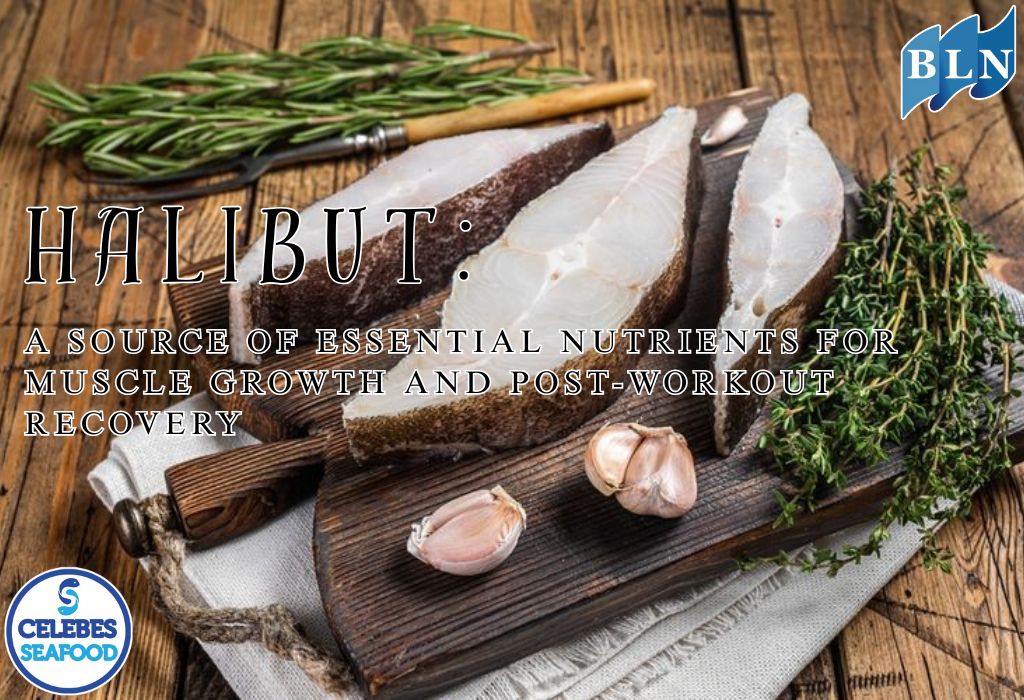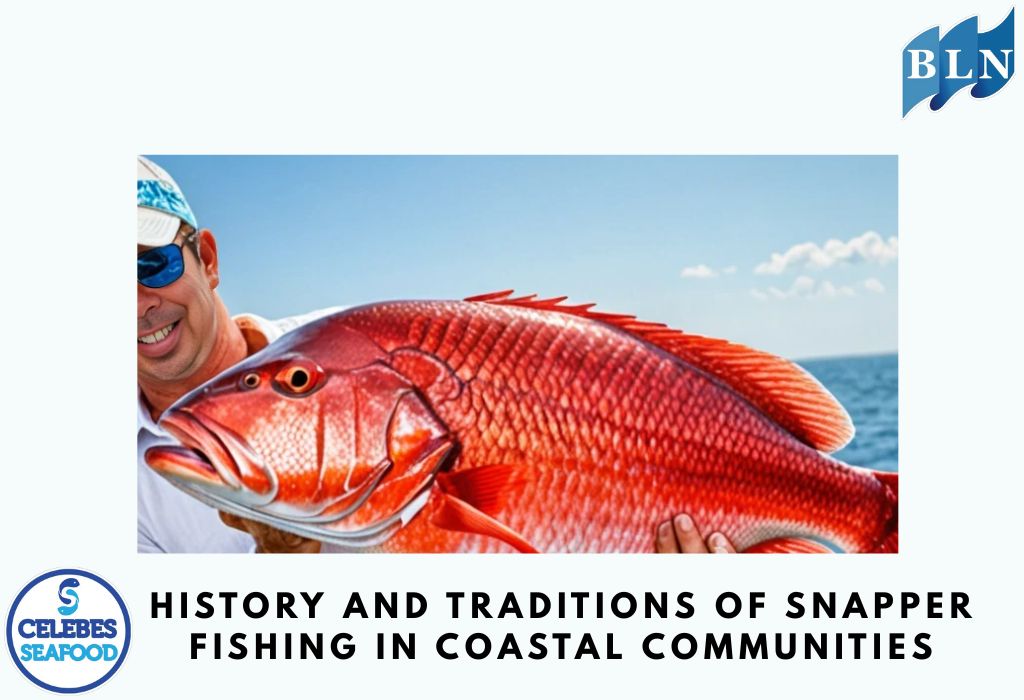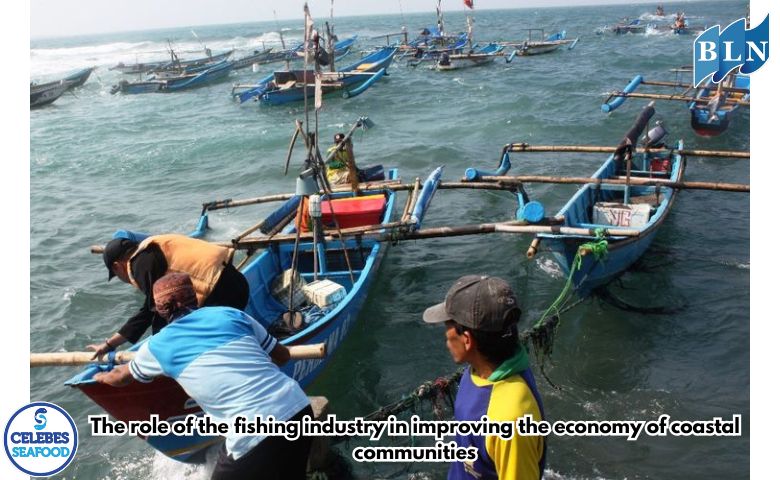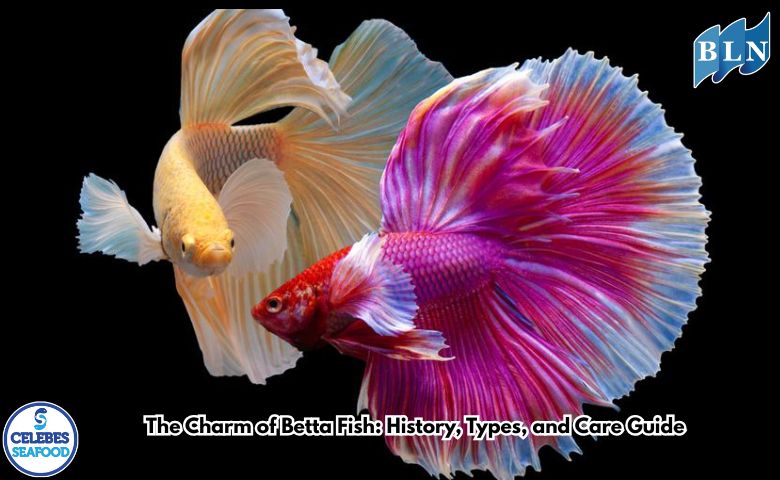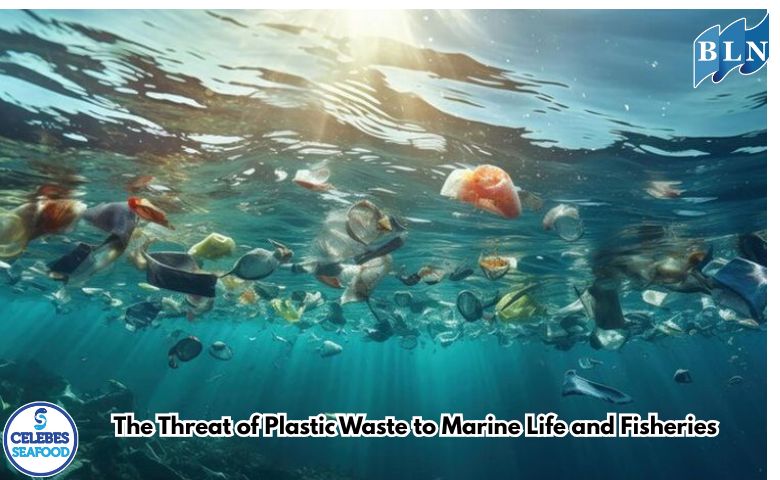Mutualistic Symbiosis in Marine Organisms: A Relationship of Mutual Benefit
By. Azizah - 07 Aug 2025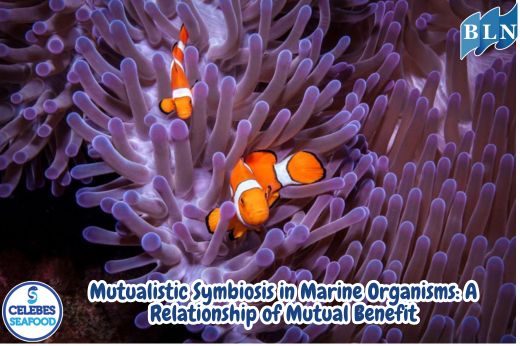
lautnusantara.comMutualistic symbiosis is a form of interaction between organisms in which both species benefit. In the complex and dynamic marine ecosystem, mutualistic relationships play a crucial role in maintaining ecological balance, supporting species survival, and increasing efficiency in obtaining food and protection. This article discusses several key examples of mutualistic symbiosis in marine organisms, such as the relationship between clownfish and sea anemones, cleaner shrimp and fish, as well as corals and zooxanthellae. Understanding these relationships not only enriches knowledge of marine biology but also highlights the importance of preserving marine biodiversity.
Introduction
The ocean is home to millions of species that interact through various ecological relationships, one of which is mutualistic symbiosis, a relationship between two different species in which both parties benefit. These relationships can be found from intertidal zones to the deep sea. Due to limited resources and high environmental pressures, many marine organisms have evolved cooperative strategies to survive.
Examples of Mutualistic Symbiosis in the Ocean
1. Clownfish (Amphiprioninae) and Sea Anemones (Actiniaria)
The relationship between clownfish and sea anemones is one of the most well-known examples of mutualistic symbiosis. Sea anemones possess tentacles with nematocysts, or stinging cells, capable of paralyzing prey. However, clownfish have a special mucus layer on their skin that protects them from these stings.
Benefits:
-
Clownfish gain protection from predators by living among the anemone’s tentacles.
-
Sea anemones benefit from food scraps left by the clownfish and receive protection from small predators.
2. Cleaner Shrimp (Lysmata amboinensis) and Fish
Cleaner shrimp are known for their ability to remove parasites and dead tissue from the bodies of other fish. They typically reside at “cleaning stations” on coral reefs, and fish voluntarily visit these sites to be cleaned.
Benefits:
-
Fish benefit from parasite removal and improved health.
-
Cleaner shrimp gain food from the parasites and dead skin they consume.
3. Zooxanthellae and Coral
Zooxanthellae are microscopic algae that live within coral tissues. They perform photosynthesis, producing oxygen and organic compounds used by the coral. In return, the coral provides a stable habitat and nutrients such as nitrogen and phosphorus.
Benefits:
-
Zooxanthellae gain shelter and access to nutrients.
-
Corals obtain energy from photosynthesis, which supports their growth and reef-building.
4. Goby Fish and Burrowing Shrimp (Alpheus spp.)
Burrowing shrimp dig holes in the seabed that serve as shelters for both themselves and goby fish. The shrimp have poor eyesight, while gobies have excellent vision and act as sentinels.
Benefits:
-
Shrimp receive early warnings of danger from the gobies' signals.
-
Gobies gain a safe place to live in the burrow dug by the shrimp.
Ecological Roles and Conservation Implications
Mutualistic relationships are vital not only for the species directly involved but also for the community structure and functioning of marine ecosystems. For instance, the symbiosis between zooxanthellae and corals is essential for the survival of coral reefs, which serve as habitats for thousands of marine species.
Threats to mutualistic relationships, such as climate change, ocean warming, pollution, and destructive fishing practices, can disrupt ecosystem balance. Coral bleaching, for example, occurs when zooxanthellae leave coral tissue due to thermal stress, ultimately leading to coral death.
If you are interested in our Coral Trout Fillet Skin On, CORAL TROUT WGG WHOLE GILLED GUTTED please do not hesitate to contact us through email and/or whatsapp.
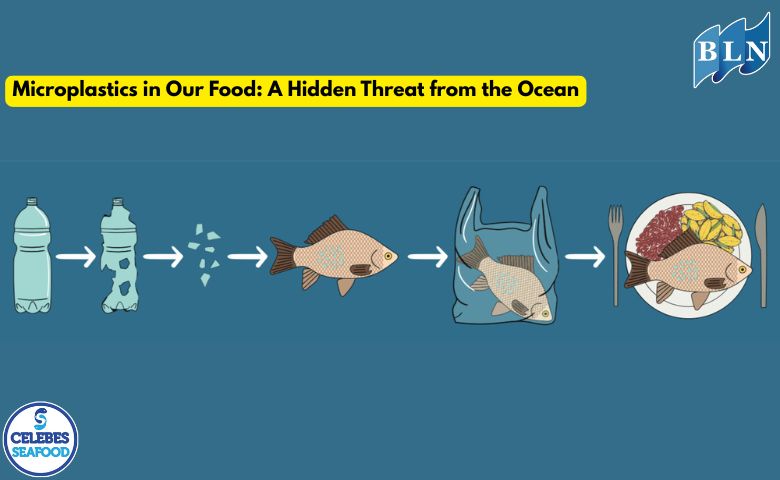
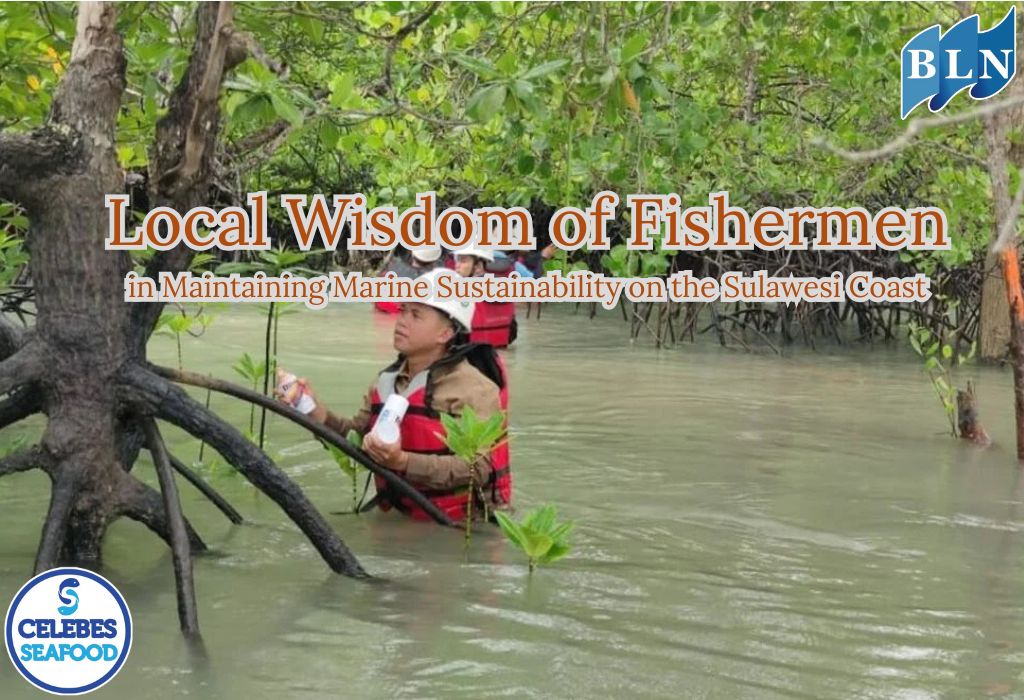
.jpg)
